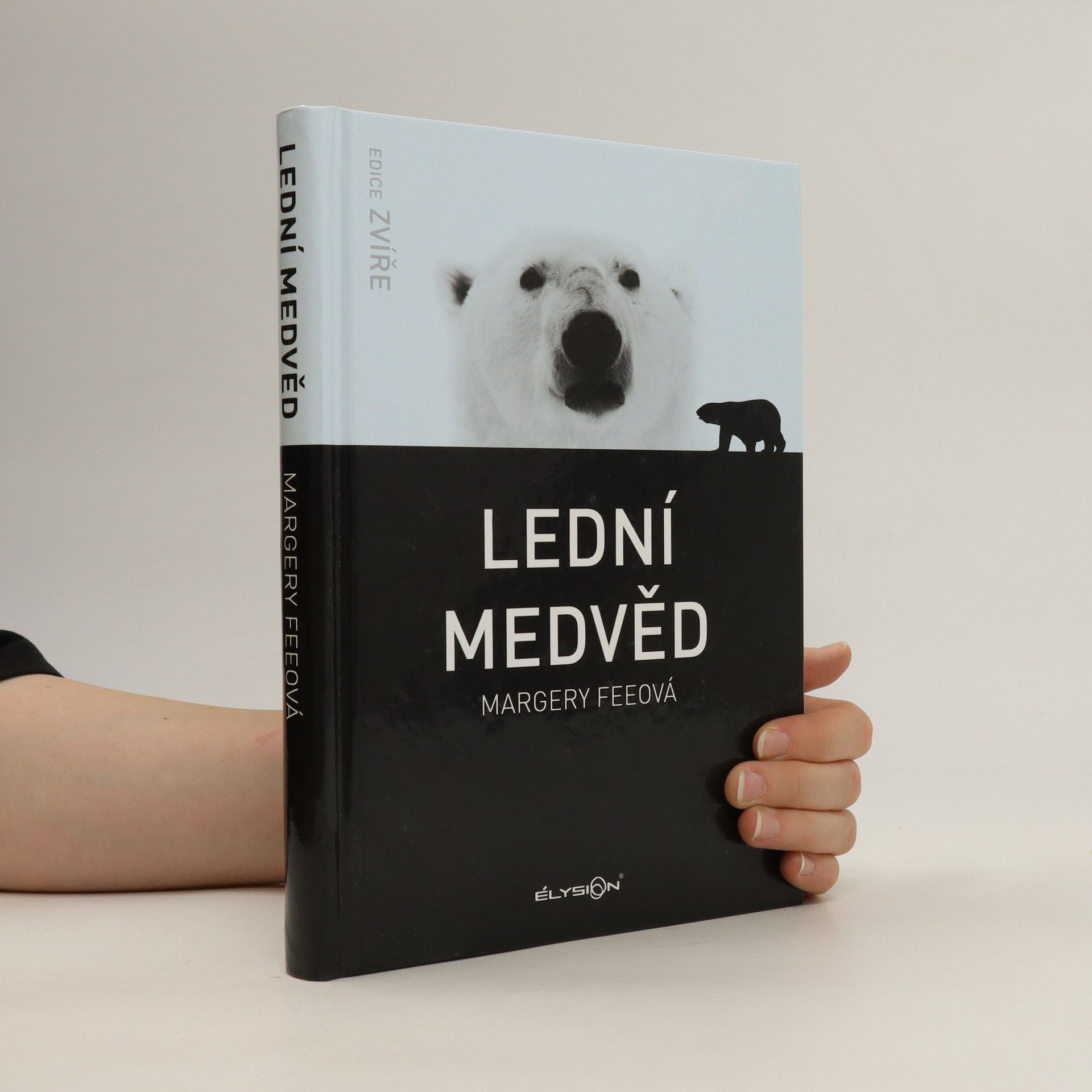This is a handy A-Z guide to the way Canadians use the English language. Numerous examples drawn from published sources illustrate the nuances of usage and clarify distinctions between confusable words.
Margery Fee Livres
Margery Fee est une chercheuse dont le travail explore le paysage riche de la littérature autochtone. Enseignant à l'Université de la Colombie-Britannique depuis 1996, elle se consacre à l'exploration et à l'illumination de ces traditions littéraires vitales. Ses contributions continuent de façonner les conversations critiques, reflétant un engagement profond envers les nuances et l'importance de la narration autochtone.



A natural and cultural history of the majestic yet endangered polar bear.
Lední medvěd
- 208pages
- 8 heures de lecture
Lední medvěd je skutečně majestátný tvor. Je největším suchozemským masožravcem, který může měřit na délku až 3 metry a jeho váha může dosahovat i 700 kilogramů.Lední medvěd se stal symbolem diskuze a o změně klimatu na Zemi. Jejich přežití je ohroženou ztrátou arktického ledu a je tak jedním z nejviditelnějším důkazem dopadu klimatických změn na naší planetě.Vyobrazení těchto nádherných stvoření zdobí fontány, římsy budov po celé Evropě. Často je jejich vyobrazení spojováno s nabídkou chlazených nápojů. Najdeme je v dětských knihách, na kolotočích či jako plyšové hračky nejmenších dětí.Jejich kožešiny byly kdysi velmi ceněny. Smutnou historií jsou odchyty volně žijících medvědů pro zoologické zahrady či cirkusy, kde tyto divoké děti nekonečných bílých plání strádali v nevyhovujících podmínkách. Preparovaní, mrtví medvědi jsou i v dnešní době „ozdobou“ muzeí či luxusních nemovitostí.Tato kniha je shrnutím přírodní a kulturní historie ledního medvěda. Popisuje evoluci, druh, životní prostředí a chování ledního medvěda. Přináší ukázky jeho zobrazení v umění, literatuře, filmu a reklamě.Díky mnoha fotografiím, ilustracím a obrázkům kniha dokáže odlovit široké spektrum čtenářů, které se tuto obrovskou, krásnou, zdánlivě přítulnou, ale smrtelně nebezpečnou šelmu zamiluje.Kniha obsahuje 104 obrázků, z nichž 76 je barevných.